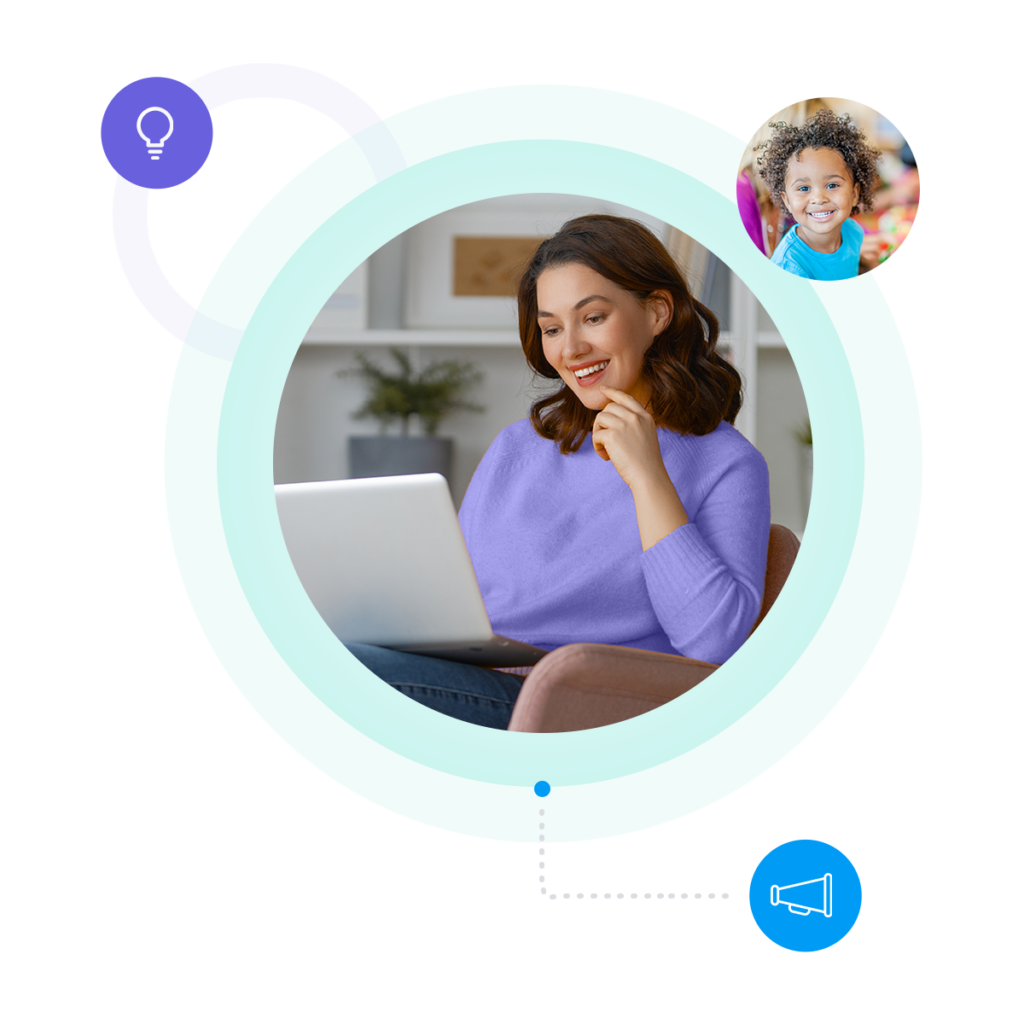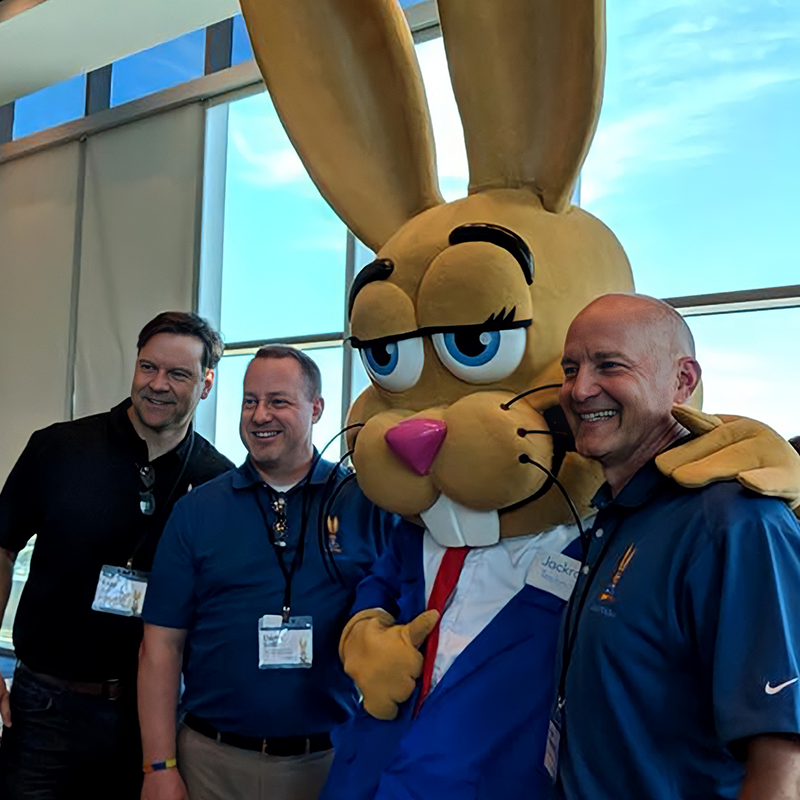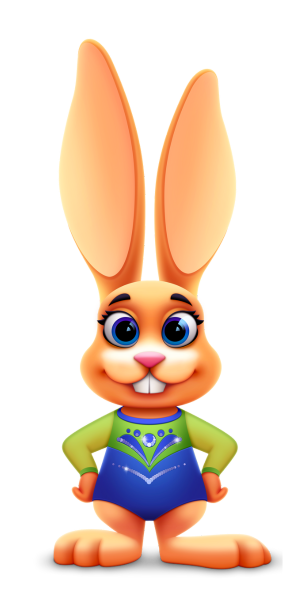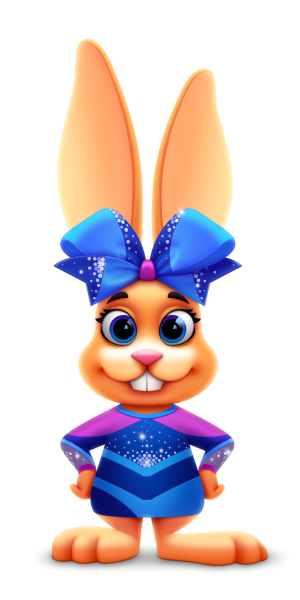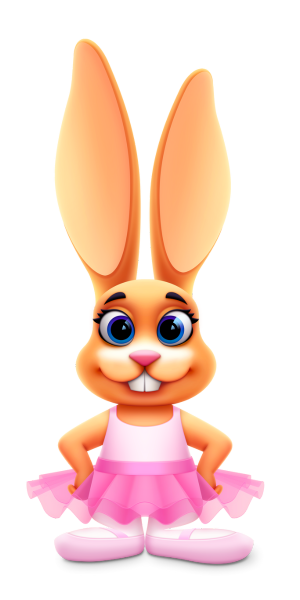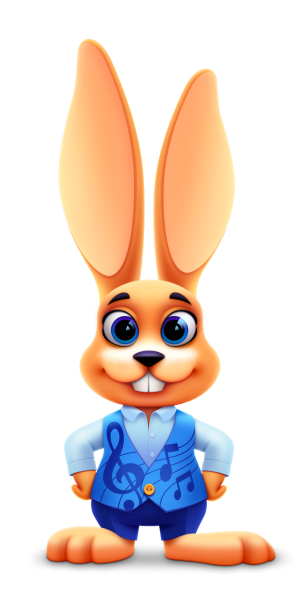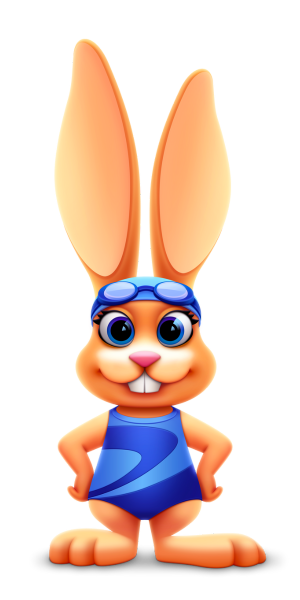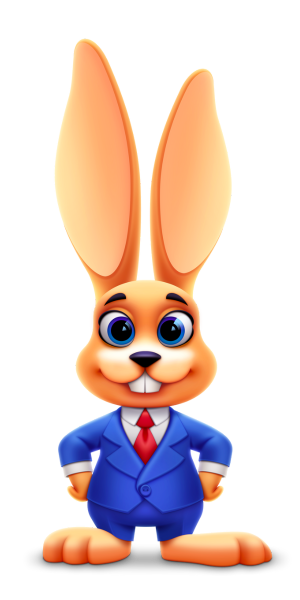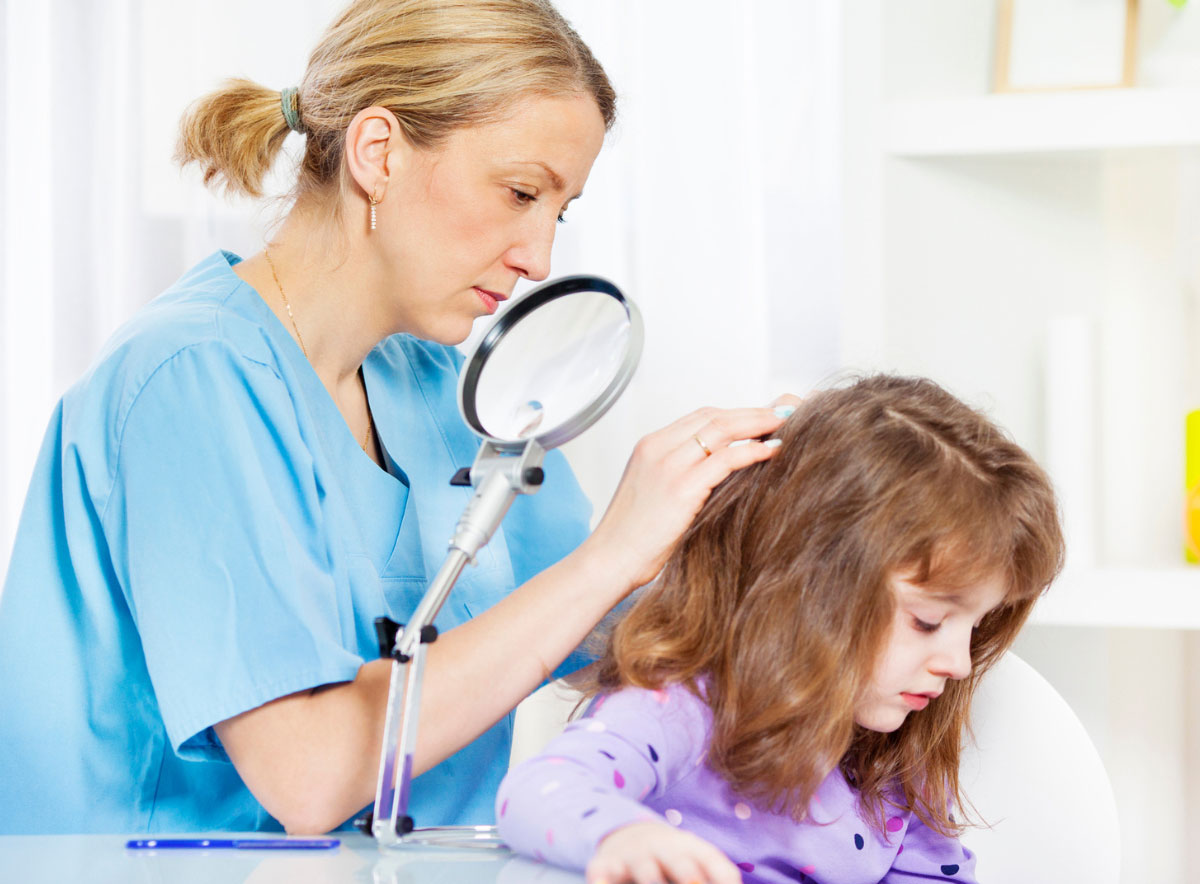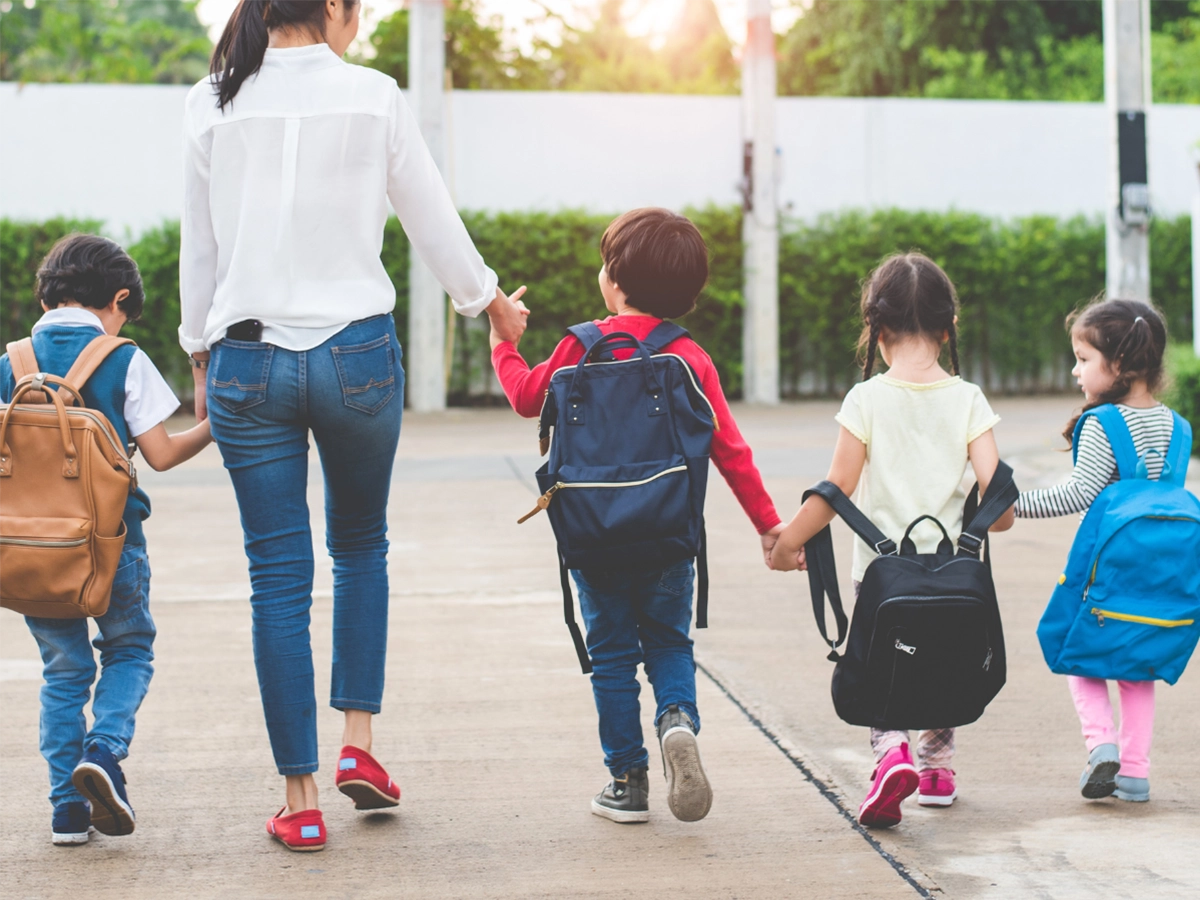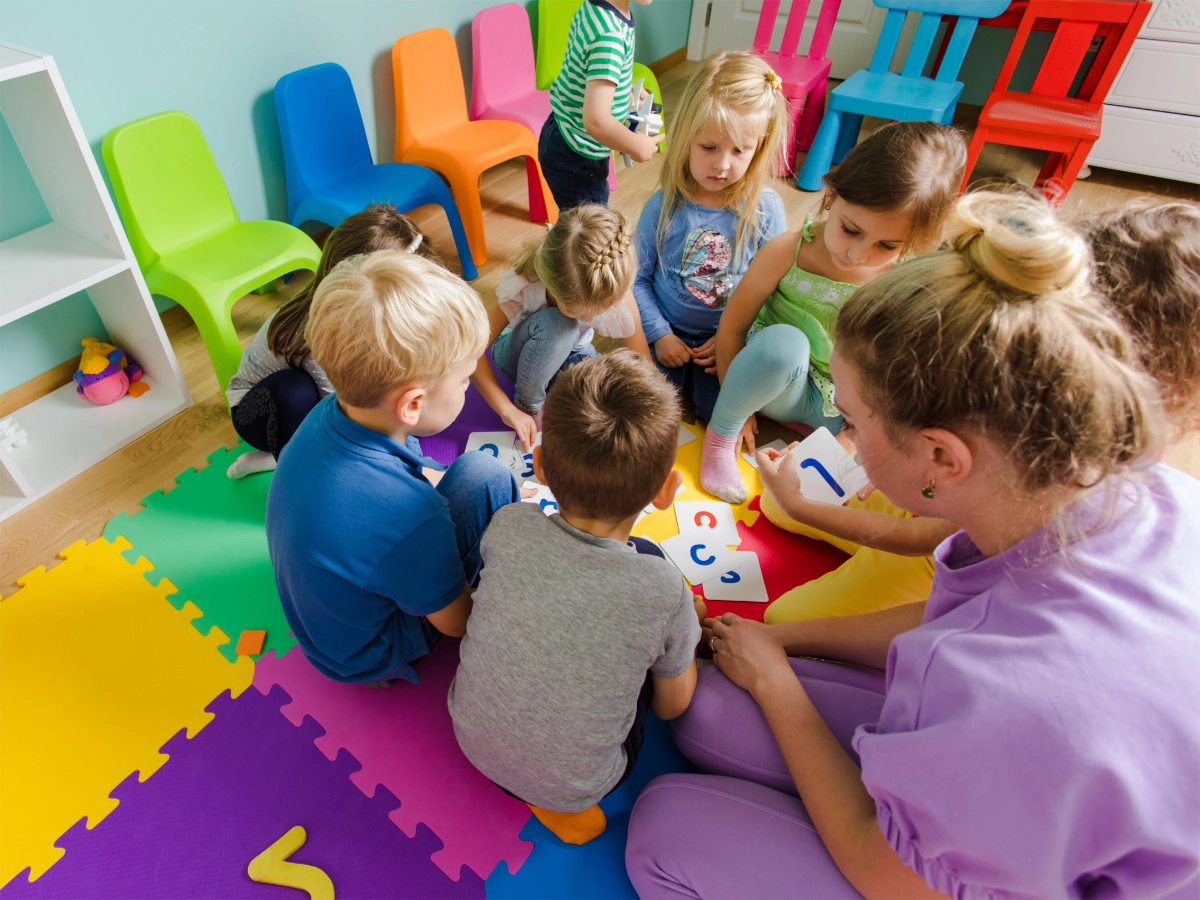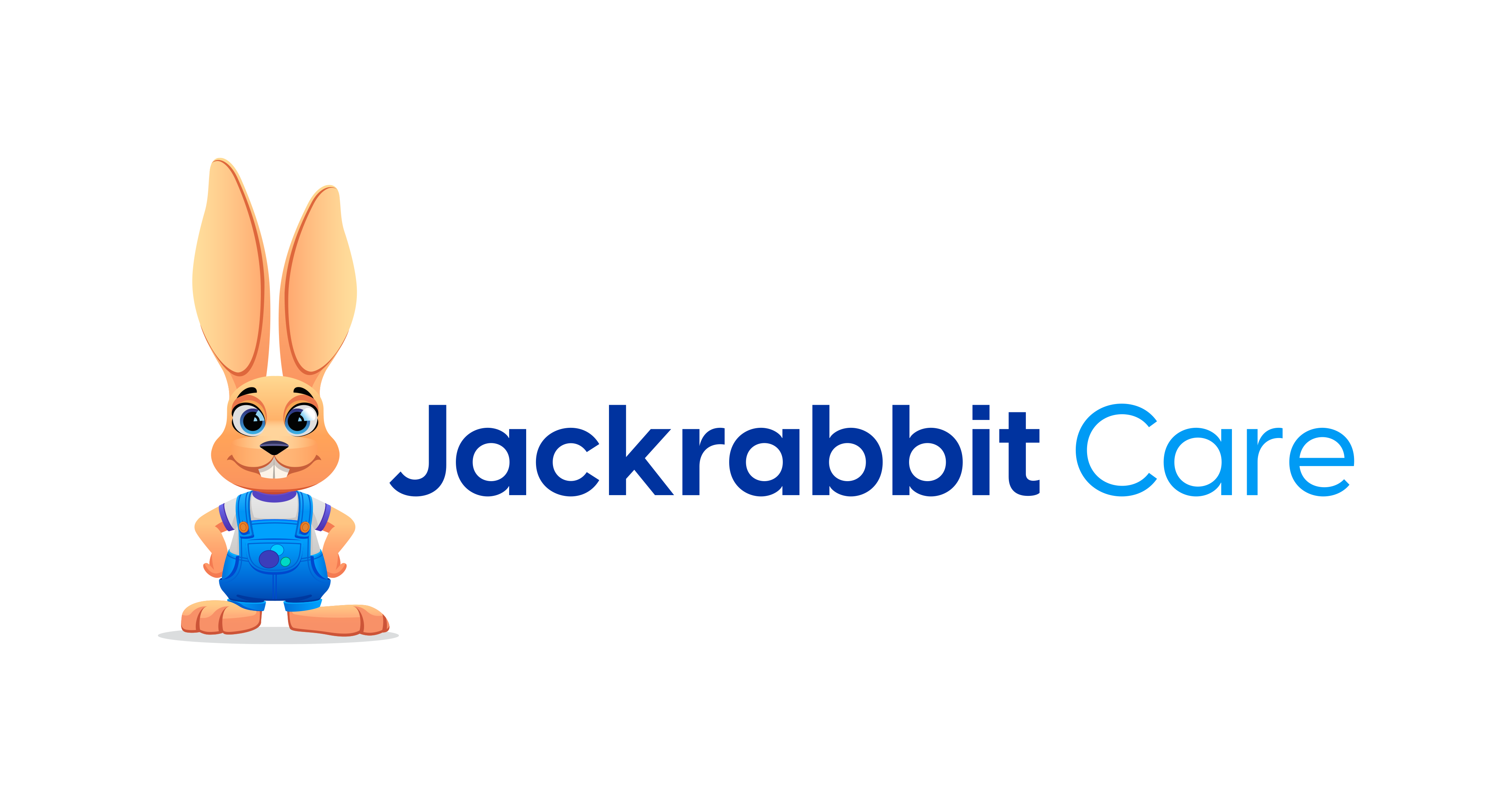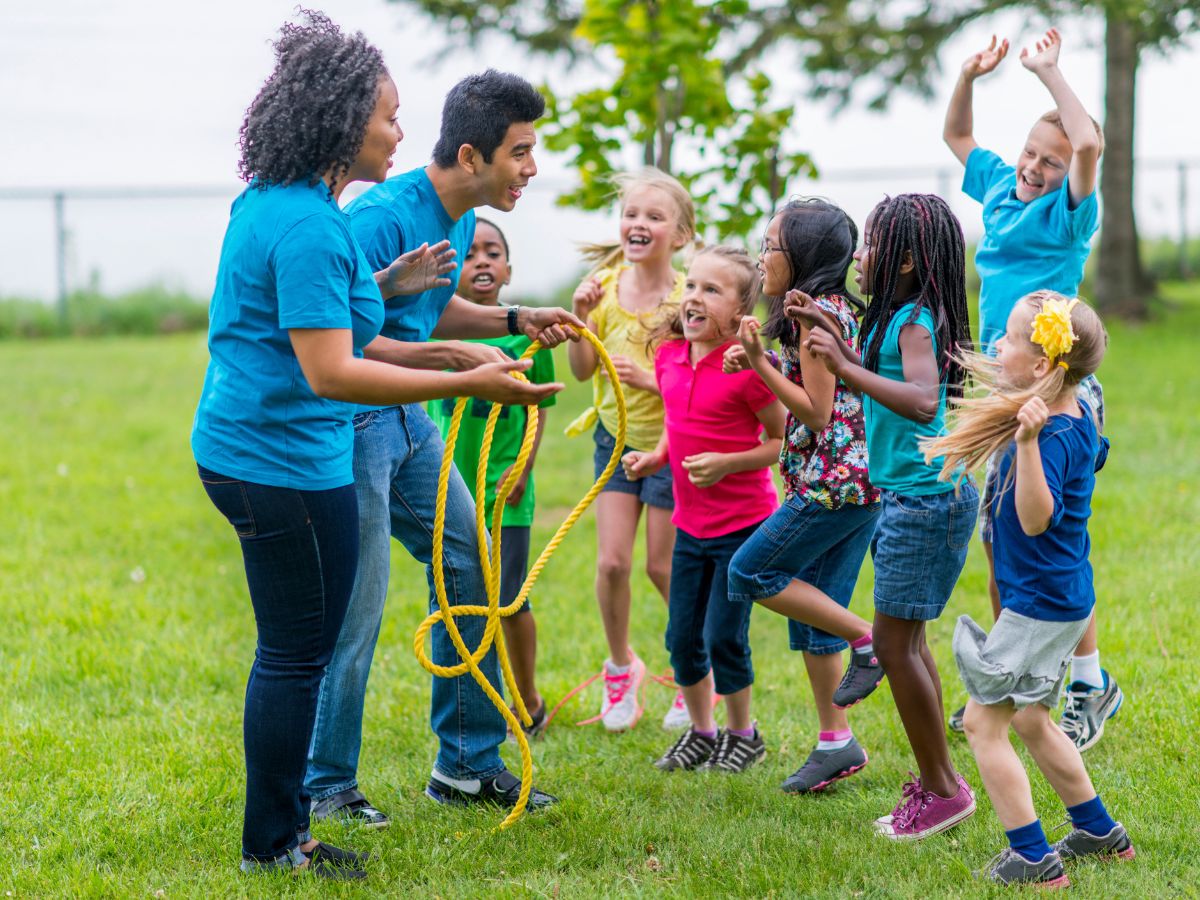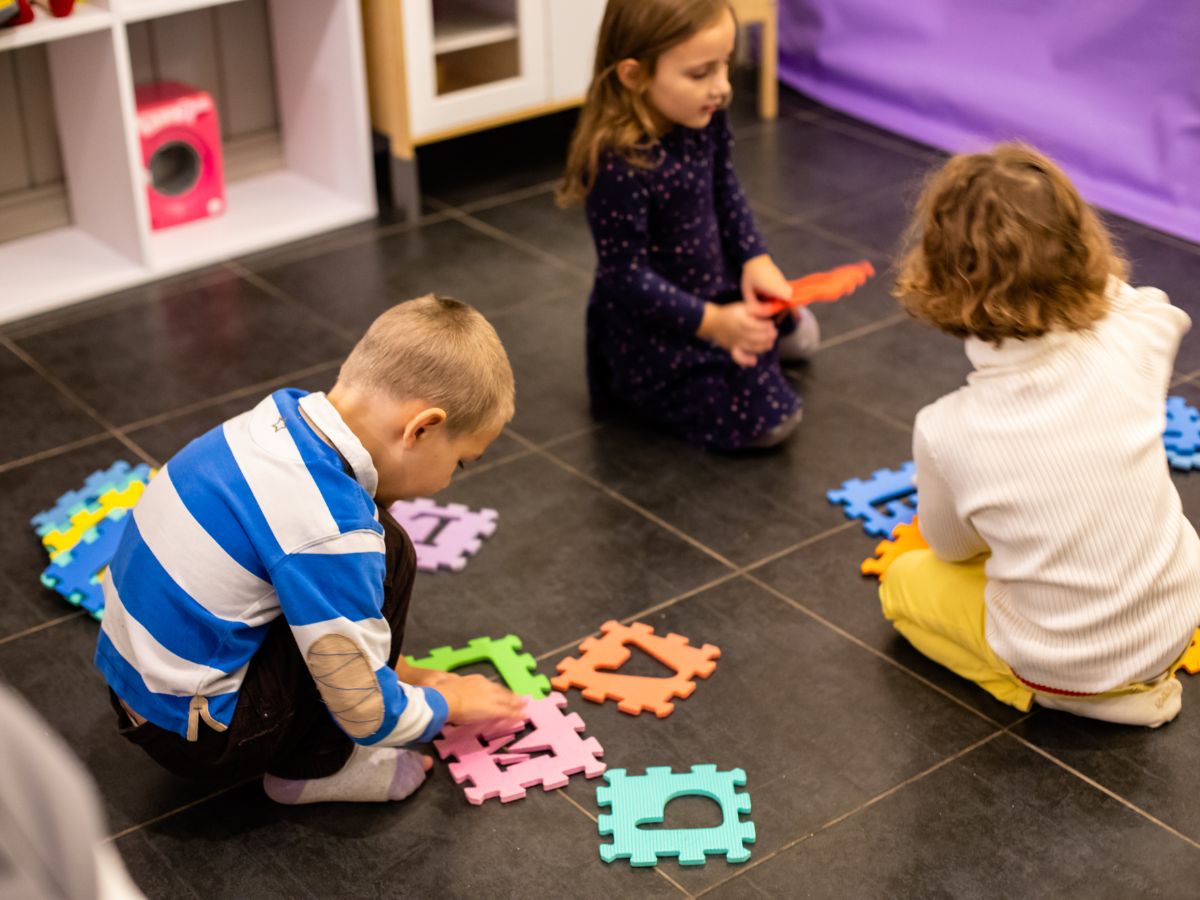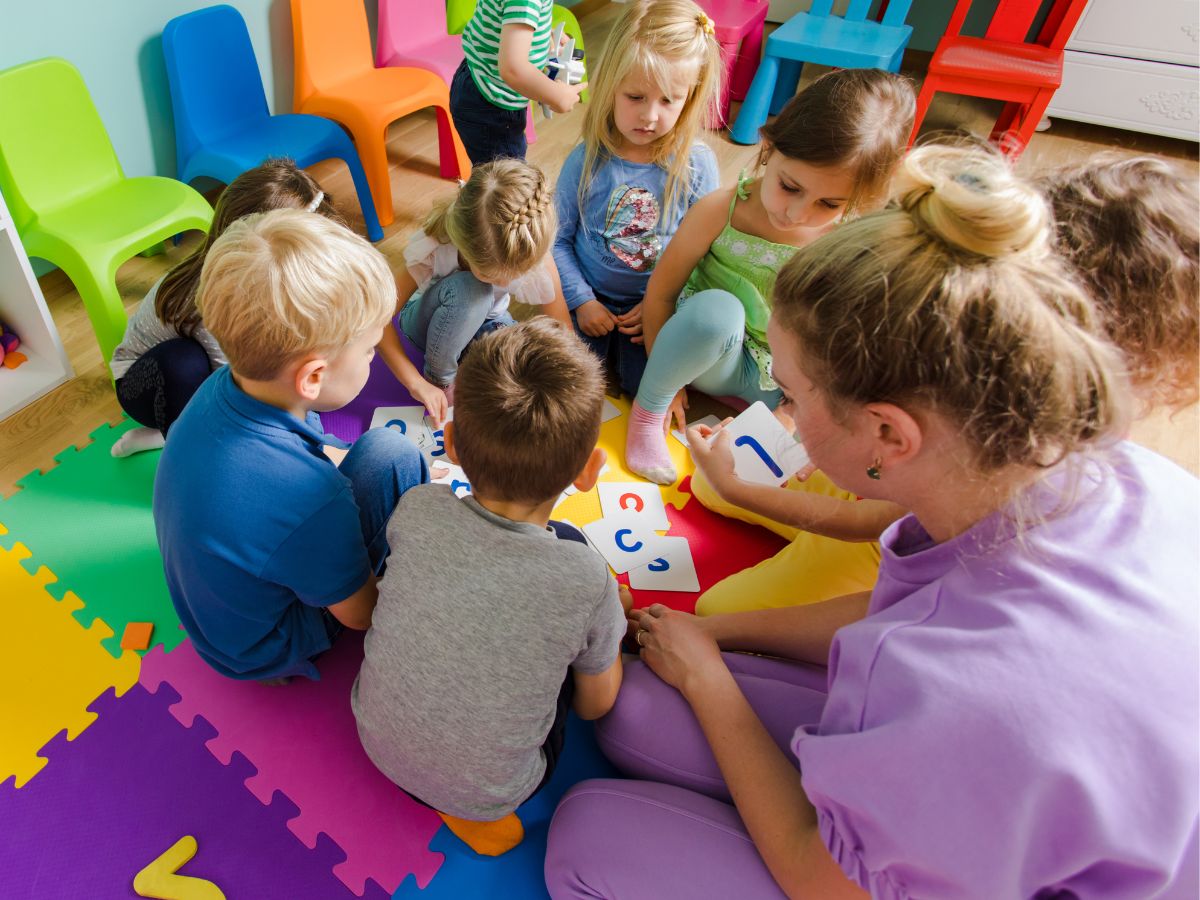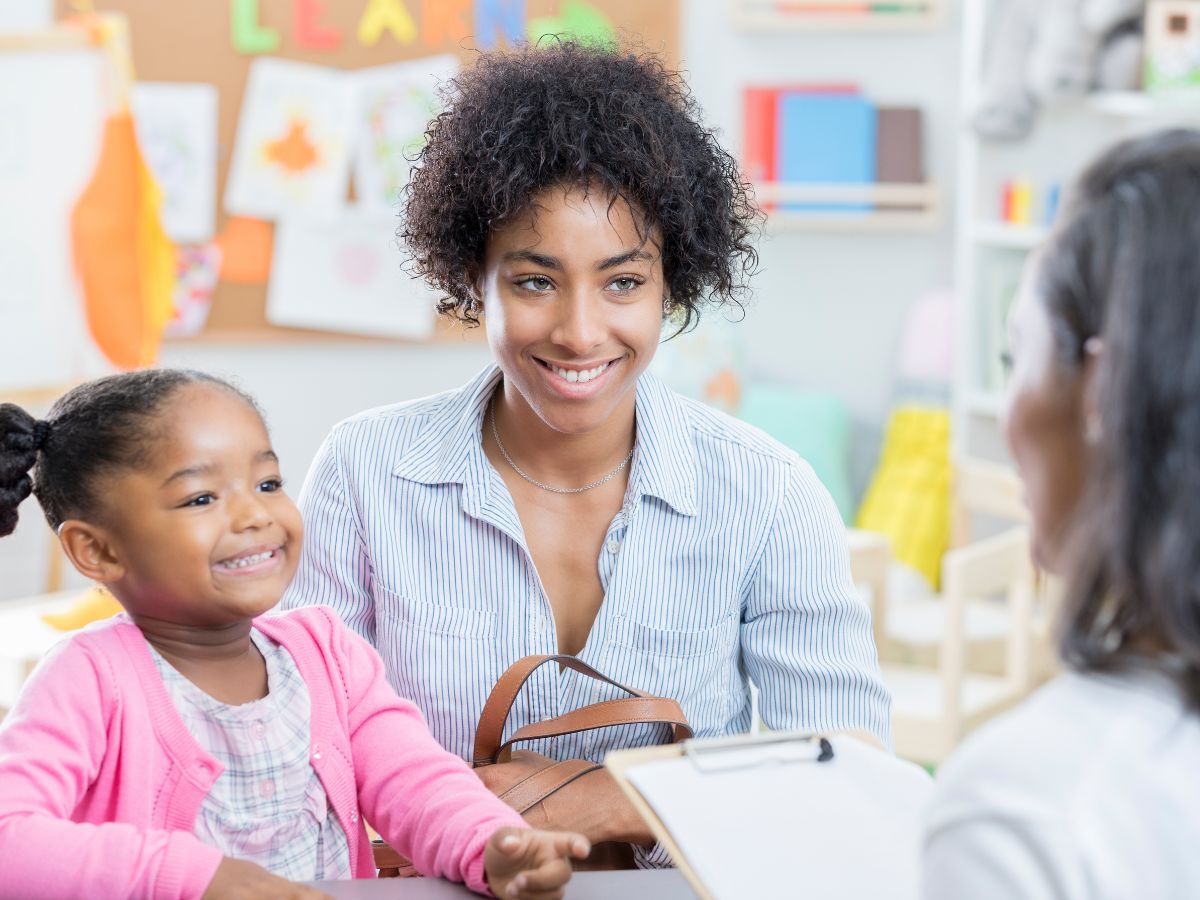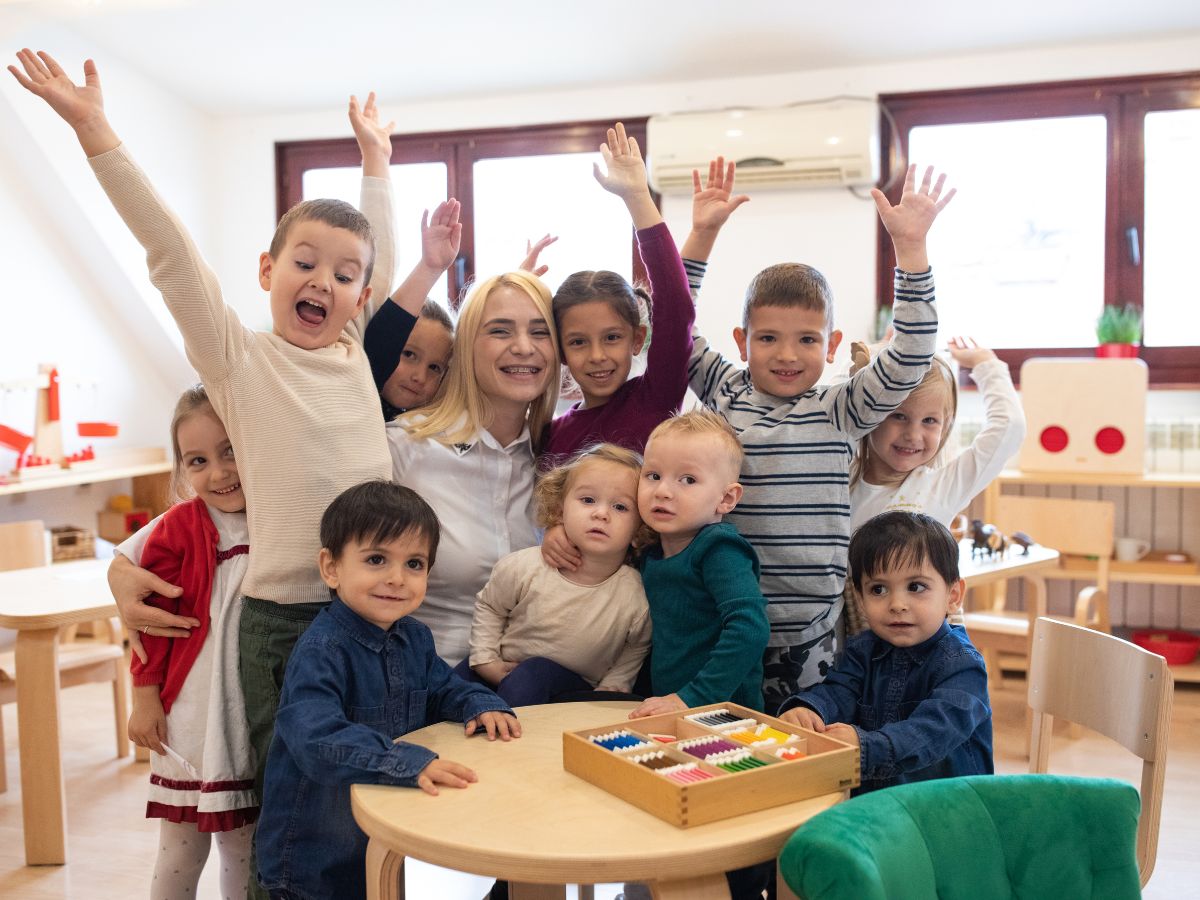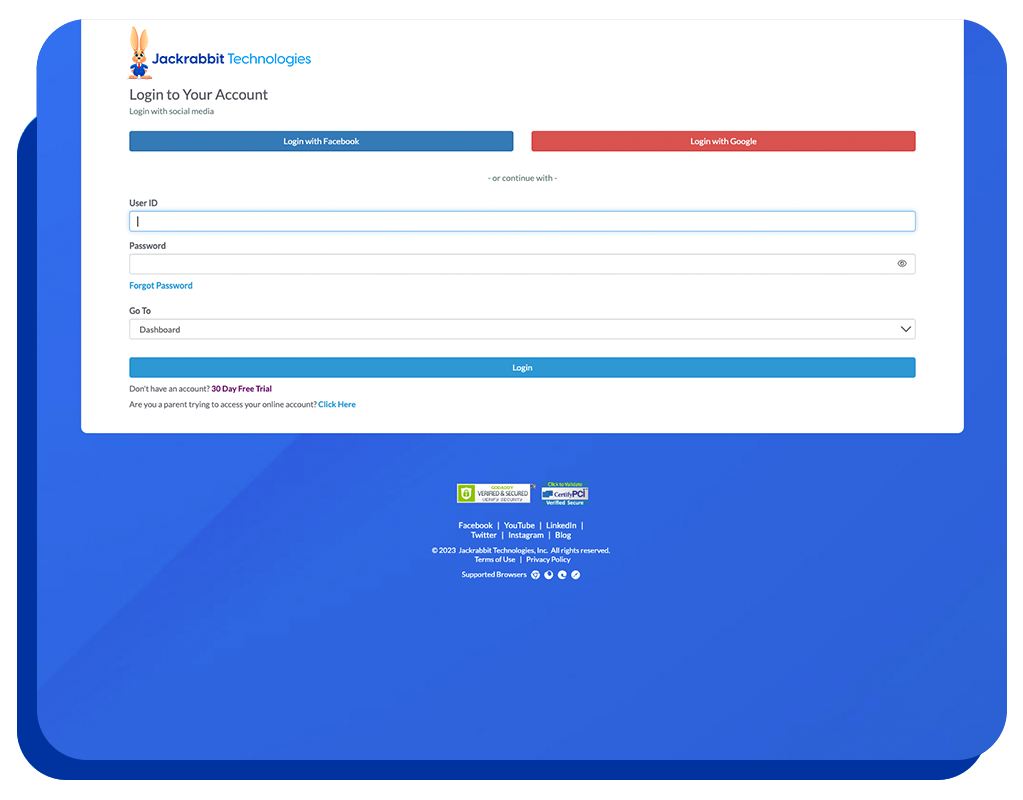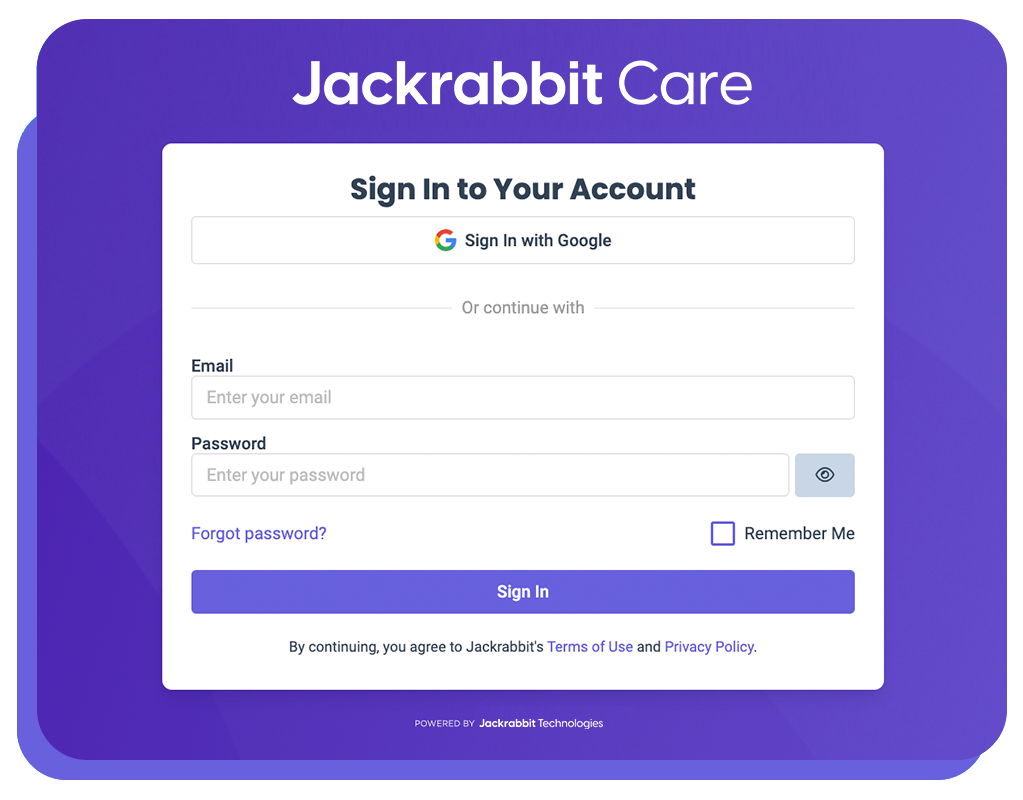What do you do when a child comes into your facility with head lice? Do you have a procedure in place for communicating to other families that head lice has been identified in your facility? How do you prepare for such a crisis?
Having information about head lice handy is a great place to start. Have an email template in Jackrabbit set up so you can communicate quickly if/when this ever happens. Make sure your staff understands what head lice is and the importance of preventing spreading of lice to others.
As a business, keep these things in mind if your facility has a head lice case:
- Communicate quickly. Get the word out that you have seen a case of head lice in the facility and share how they can check their children. Include what the policy is for children that have head lice when wanting to return to class.
- Clean everything. Steps to cleaning your facility after head lice outbreak.
- Make sure all employees know what is going on and the procedure for the business. [How long will you be closed, when will you be cleaning, how will you communicate to families, etc.]
- Stay calm, professional, and have an open line of communication. Tell people what is going on and be prepared for them to be upset. The way you handle an outbreak like this can hurt your reputation if you react wrong.
General information about head lice to keep on file:
What is head lice? The adult louse is a wingless insect less than 1/8″ long and is a pale brownish-gray. Lice do not carry disease. They bite the scalp, causing itching. They move quickly and avoid light, so they are often difficult to see. The female louse lays 3–6 eggs (nits) per day and may live up to 30 days.
Who gets lice? Anyone! Frequent, regular shampooing does not prevent lice. In fact, head lice prefer a clean, healthy head to a dirty one! Younger children seem to catch them more frequently because of more close contact with one another. Animals do not carry or contract head lice. Treatment for lice, when a child does not have lice, will not prevent infestation. Remember, lice treatments are insecticides; use with the same caution for your child as when you use insecticides outside.
How does a child get lice? Lice walk; they do not fly or hop. They travel from person to person directly (two heads touching) or are transferred via personal articles (i.e., combs, brushes, hats, pillowcases, etc.). Please stress to your children not to share brushes, hair clips, head bands, etc. with their friends.
What are nits? The nits (egg sacs) of lice are cemented to human hair with nature’s own super glue. The nits appear as small, silvery oval shaped specks that look like dandruff, but are difficult to remove. The nits hatch in 7–10 days.
What do I do if my child has lice?
- Don’t panic. Anyone–adult or youngster–can get head lice. Head lice are passed from person to person by direct contact or on shared objects (pillows, combs, hats, towels, etc.). It has nothing to do with cleanliness and does not reflect on you as a parent. The problem can be easily managed. Just follow the instructions below:
- Check every member of the family. Look for tiny silvery egg sacs (nits) on hair shafts, near the scalp, especially at the nape of the neck and behind the ears. Head lice are small brownish-gray insects without wings. Any family member with lice or nits must be treated.
- Provide head lice treatment. This is a two-step process involving: the use of a medicated pediculicidal product and combing out and manually removing all nits. Proceed as follows:
- Remove child’s shirt and provide a towel to cover the eyes (This is essential). Do not treat in the bathtub or shower, but have the child lean over the sink (this confines the lice product to the scalp/neck).
- Use one of several louse remedies (pediculocidal product) available at your pharmacy. Some are available by prescription; some over the counter. All these products must be used carefully, observing all safety guidelines. Please consider (1) consulting your obstetrician if you are pregnant or nursing (whether treating yourself or others); or (2) consulting your physician before treating anyone with extensive cuts or scratches on the head or neck, or anyone using other medications. DO NOT USE THESE PRODUCTS ON INFANTS.* DO READ ALL PACKAGE INFORMATION BEFORE USING THESE PRODUCTS**
- Although it can take time and sometimes be difficult, “nit picking” or removing all nits will insure complete treatment. Louse products do not kill all the nits, and survivors will hatch into crawling lice within 7–10 days, generating a cycle of self-reinfestation. Even dead nits will cling to the hair and cause uncertainty about re-infestation. Nit removal can be accomplished with a special combing tool manufactured for this purpose or by picking them out with the fingernails. Note: Nit combing is best accomplished with hair that is dry or slightly damp. Discard nits into plastic bag and seal for disposal.
- Following nit removal, have the child put on clean clothing.
- A daily nit check is advisable for at least 10 days following treatment and then the check should become a part of routine home hygiene. You may have to retreat in 7–10 days if there is evidence of new nits or newly hatched lice. Regardless of precautions taken at home, re-infestation from others can still take place. Treatment itself can cause itching; do not treat again on the basis of itching alone. If you have any further questions about treatment, please call your pediatrician.
How should I protect or personal articles and environment?
- Machine wash all washable clothing and bed linens which have been in contact with the infested person during the last three days. Use hot water and dry in a hot dryer. Non-washables such as stuffed animals, sleeping bags, headphones, helmets, etc., can be vacuumed, dry cleaned, or stored in tightly sealed plastic bags at room temperature for two weeks.
- Vacuum everywhere. Rugs, upholstered furniture and mattresses, even car seats should be carefully vacuumed to pick up any living lice or nits attached to fallen hair. Discard vacuum bag into a sealed plastic bag for disposal. The use of insecticide sprays is not recommended as it may be harmful to family members and pets and is of questionable benefit.
- Soak combs, brushes, etc., in hot water 5–10 minutes. Also soak hair barrettes, ribbons, headbands, etc
Do I need to report that my child has lice/nits? Please notify your child’s teacher or someone in the front office if you find lice on your child so that other parents can be alerted to a possible outbreak. Also notify your child’s playmate’s parents. Parental cooperation will help protect all children including your own.


